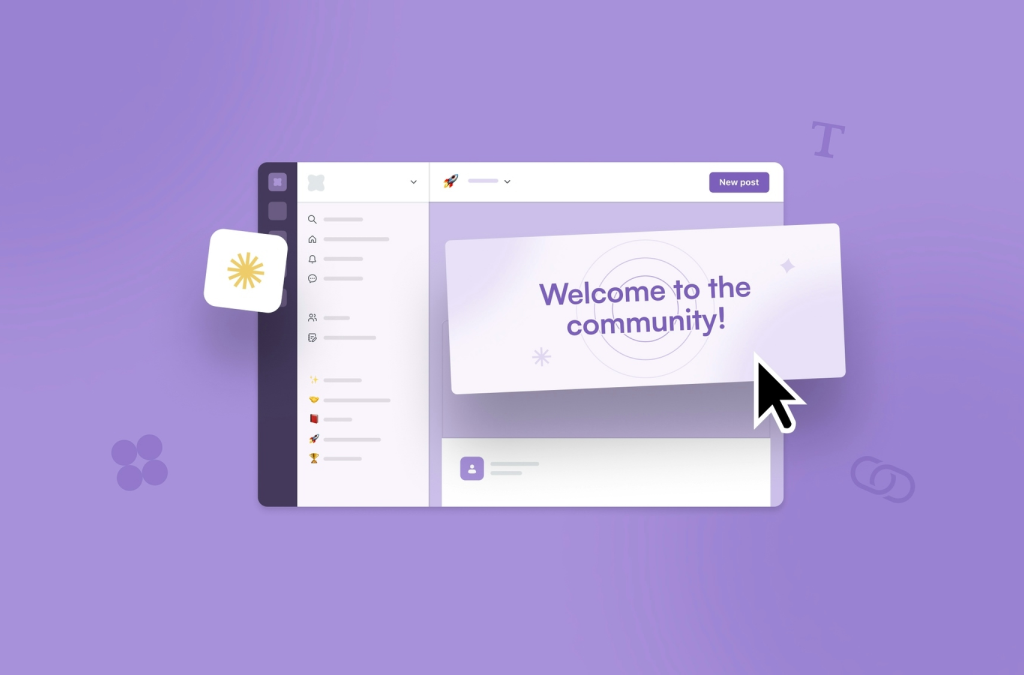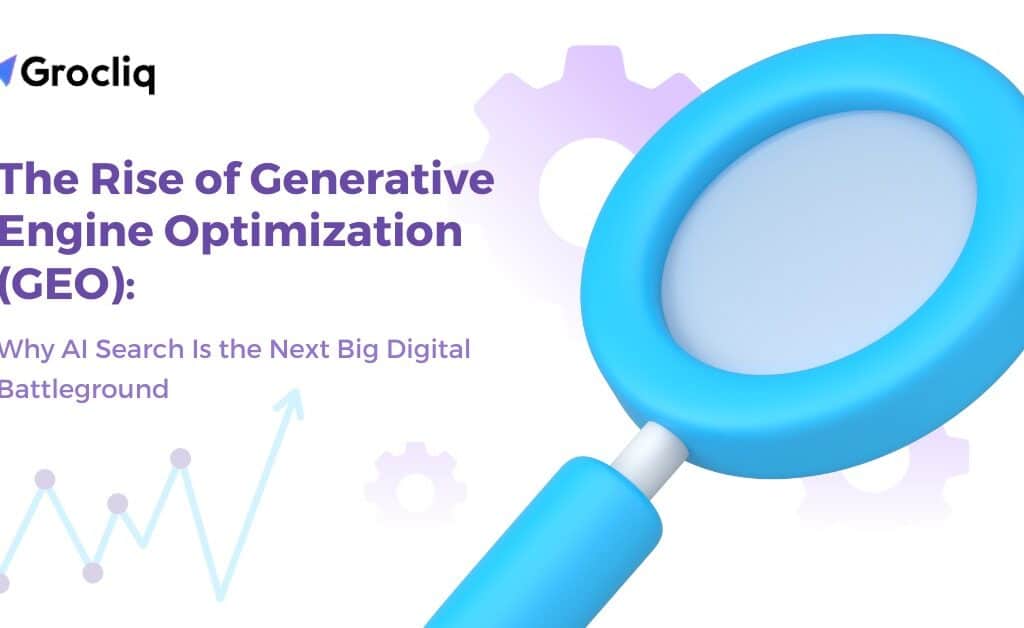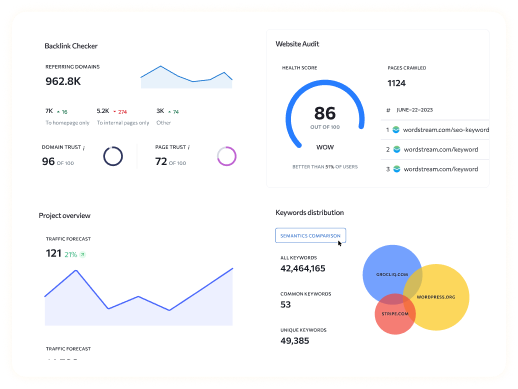A Request for Information (RFI) is a formal process used by organizations to gather detailed information from potential suppliers, vendors, or service providers. The primary purpose of an RFI is to understand the available options, capabilities, and offerings in the market before making critical business decisions. RFIs are often used early in the procurement process to explore solutions that meet specific requirements without committing to any contract or purchase.
In a Request for Information (RFI), businesses outline their specific needs and ask vendors to provide detailed information about how their products, services, or solutions can meet those needs. This may include technical details, pricing information, service offerings, company history, and other relevant data that help the organization compare different suppliers and make informed decisions.
Why Use a Request for Information (RFI)?
A Request for Information (RFI) is a key step in procurement because it helps businesses identify and evaluate different suppliers’ capabilities without committing to a purchase. It allows organizations to gain a broad understanding of what the market can offer, which can help in refining the scope of the project, determining budget constraints, or identifying potential challenges. A Request for Information (RFI) also saves time and resources by filtering out vendors who are not a good fit for the project.
What Information Is Typically Requested in an RFI?
A Request for Information (RFI) usually asks for the following:
- Company Background: Information about the vendor, their experience, and qualifications.
- Product or Service Offerings: Details on how the vendor’s products or services can meet the company’s needs.
- Technical Specifications: Specific details about the technical aspects of the product or service.
- Pricing Structure: General pricing information or cost estimates, though not always a detailed quote.
- References or Case Studies: Past examples of similar work to demonstrate experience and reliability.
How is an RFI Different from an RFP?
A Request for Information (RFI) is different from a Request for Proposal (RFP), which is a more detailed process involving specific bids or proposals from suppliers. RFI are used for information gathering, while RFPs are used for formal proposals and often include detailed pricing and deliverables.
Note: Read Our Latest Glossaries:
Year on year (YoY) | Google Plus (G+) | proof of concept | Gross Merchandise Volume (GMV) | rewrite my paragraph | portable network graphics | pay for performance | year to date meaning | Real-Time Bidding (RTB) | Budget, Authority, Need, Timing (BANT) | Bright Local (BL) | Return on Advertising Spend (ROAS) | Average Order Value (AOV) | share of voice | tf-idf | Outbound Link (OBL) | Calculate conversion cost | how to calculate beta | what is a gui | file transfer protocol | blackhatworld | cost per acquisition | engagement rate calculator | what is a coa | Customer Lifetime Value (CLTV) | Calculate YouTube Revenue | altavista search engine | sem copy optimisation | data management platform | Run of Site (ROS) | Search Engine Results Management (SERM) | Request for information (RFI) | Below the Fold (BTF) | star rating | sa360 | Application Program Interface (API) | what is an sop in business | Black Friday Cyber Monday (BFCM) | Google It Yourself (GIY) | Iterative Design Approach (IDA) | what is a bmp file | demand side platform | How to calculate average CPC | Trust Flow (TF) | Inverse Document Frequency (IDF) | Google Advertising Professional (GAP) | google trends search | google values | dynamic search ads | social bookmarking | how to calculate ctr | how to start a digital marketing company | Month on Month (MoM) | cost per impression | what counts as a view on youtube | what is ota
Frequently Asked Questions
Q1. When should a business use an RFI?
A1: A business should use an RFI when they are in the early stages of decision-making and want to explore available solutions and vendors without committing to a contract.
Q2. How long does the RFI process typically take?
A2: The RFI process can vary in duration depending on the complexity of the requirements, but it usually takes a few weeks from sending out the request to receiving responses.
Q3. What’s the difference between an RFI and an RFP?
A3: An RFI is for gathering general information, while an RFP is for requesting formal proposals, often with detailed pricing and terms.
Q4. Can an RFI lead directly to a contract?
A4: No, an RFI is purely informational and does not result in a contract. It helps in determining which suppliers should be invited to submit an RFP or RFQ.
Q5. What should be included in an RFI?
A5: An RFI should include clear questions or requests for information, along with a description of your needs and objectives.





